Meet Guy Moshayov | Artist & Lecturer
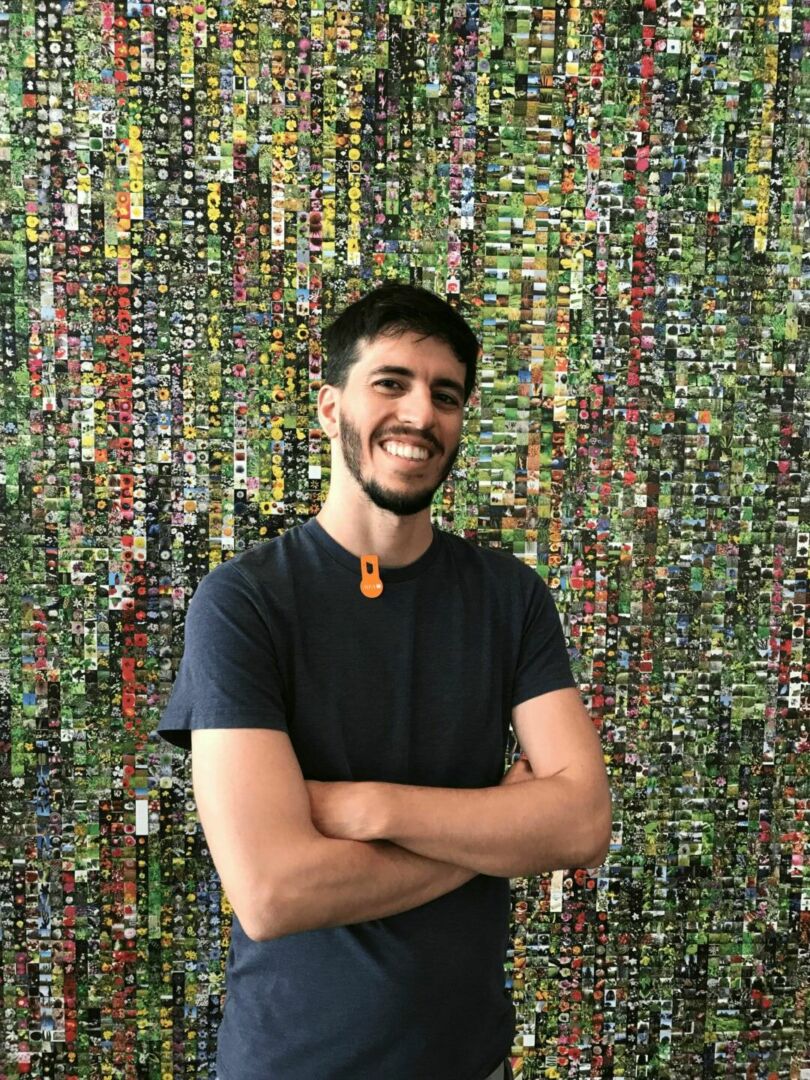

We had the good fortune of connecting with Guy Moshayov and we’ve shared our conversation below.
Hi Guy, why did you pursue a creative career?
As cliché as it may sound, I never considered the deep investment in a creative practice as a choice. In fact, as a college-level educator, I often think to myself that if one can give up a career in the arts and choose a more stable field, he/she should probably do so.
The first major junction I faced regarding my career choice was before going to college. Being a curious person, I have always had quite a few areas of deep interest. I felt confident I could choose between many career paths and even excel at whatever I chose to pursue. So In order to make my decision, I had to ask myself a different question: which of these interests can I live without? Which could be dimmed down and make way for a specialization in another field? Art making was the only thing I felt I simply could not diminish, let alone cut completely. Hence, my professional choices became clearer since.
At the end of the day, being an artist never felt like something I do – but rather like something I am. I communicate through art when it translates into professional success – and when it doesn’t. To me, it is my primary mode of engaging the world, and making it into a career is the mere side effect.
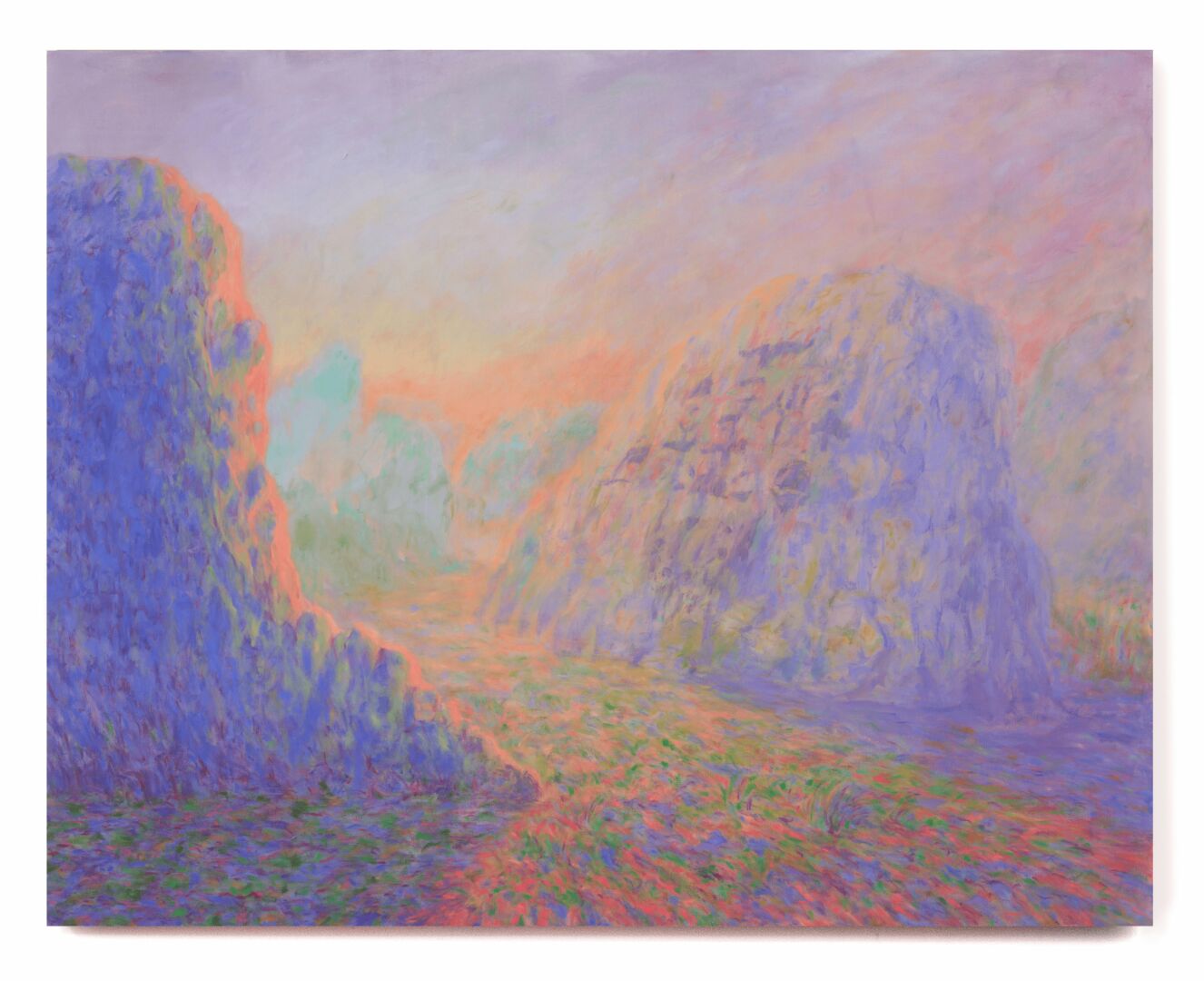
Let’s talk shop? Tell us more about your career, what can you share with our community?
To me, being an artist is an investigative practice; it is a visual manifestation of curiosity. I grew up in Israel, went to undergrad in the U.S., and obtained my MFA in South Africa. I had never set foot in America before moving there to pursue my BFA, and South Africa was a place I had no ties to whatsoever before traveling there for the first time in 2011. I chose to go live in each of these places because I was following a childlike sense of wonder – a desire to understand humanity, ecology, and culture in a broader context. I wanted to step outside of a narrow cultural narrative or identity, and indeed, spending my formative years as an artist moving between three different continents has had a major impact on my perspective. My studio remains a precious space where I get to bring all the years of academic education and fuse them with unfettered freedom and curiosity.
An important thing I have learned about art pertains to the gap between its societal function and its public image. For years, I have been trying to understand art from the point of view of evolutionary biology. What role does art play, if any at all, in our survival? If there is no such function, why does it persist in every society throughout history? In this era, many view art as a product of excess, and associate “arts & culture” with the entertaining fluff they consume whenever they take a break from doing more important things. When governments cut public spending, art institutions often suffer first.
Yet the more I study the subject, the more I come to believe that many people severely underestimate the role art plays in society. Humans are a social animal, and our main vehicle for survival has been our unique ability to cooperate flexibly in large numbers. Human culture, in its essence, is founded on the creation of intersubjective narratives, and art is a major vehicle for the creation and fostering of these collective belief systems. Art has existed throughout all of human evolution, in every culture in every place on earth, and one must not underestimate the role it has been playing in our evolution. We do in fact place an enormous value, including capital value, on cultural storytellers, and have always done so. For this reason, the aristocracy and the church in classical Europe invested endlessly in lavish and enticing artworks, the “Taylor Swift effect” is reflected in a country’s macroeconomics data, and Judge Judy earns in a single day more than three times the annual salary of the highest paid judge in the U.S supreme court. More than we may realize, we depend on collective narratives, whether these are propagated by “fluff entertainment” or “high art”, to bind us together.
Therefore, I treat my role as an artist with excitement, but also a degree of anxiety. The impact of artworks can be used and abused, and I may have little control over the way my art is disseminated and received.
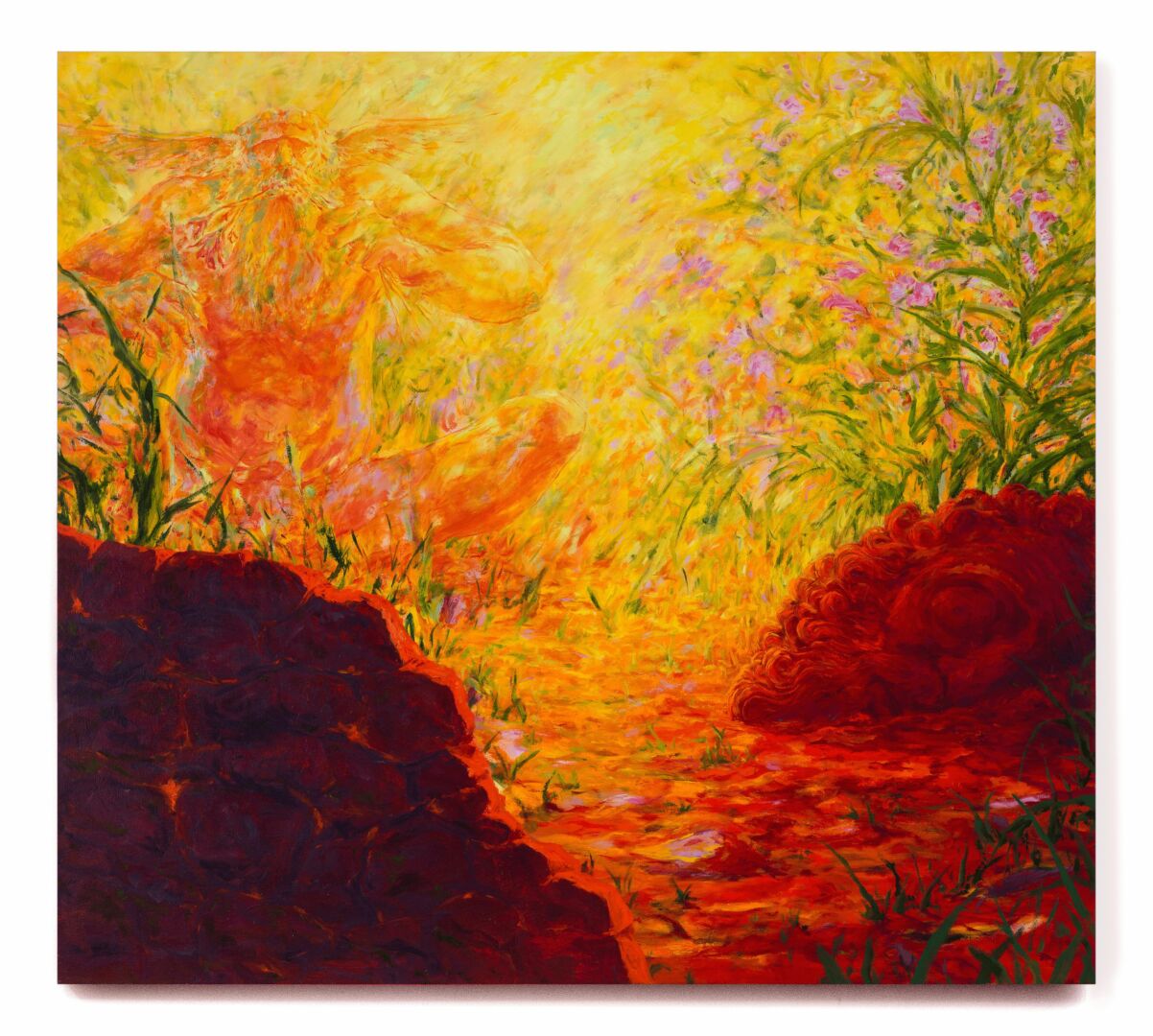
Any places to eat or things to do that you can share with our readers? If they have a friend visiting town, what are some spots they could take them to?
We are currently based in my hometown, Tel Aviv. There are endless attractions in the city and the area: from Mediterranean beaches, to nightlife, museums, cafes, and so on. Since Israel is a melting pot of so many cultures and ethnicities, Tel Aviv is a foodie’s paradise – the produce is incredible, the restaurants are creative, and the influences are extremely eclectic.
Israel is tiny, yet the landscape here is rather diverse: in just a couple-of-hours drive, one can go from snow-capped mountains, to lush green hills and waterfalls, all the way to arid and desolate deserts. I especially love it here in the fall-winter-spring months, when everything is verdant, flowers cover the hills and plains, and bird migration is at its peak. I grab my binoculars and follow the aerial train of cranes, storks, pelicans, eagles and honey-buzzards that stop here on their way north.
The thing I find interesting about Israel, is that due to its historical and biblical significance, combined with the ongoing regional conflicts, many people have strong ideas of this place, either positive or negative ones, so much so that the “myth” of Israel often overshadows actual Israel. For this reason, my recommendation to any curious visitor would be to just come and absorb this fascinating and complex place firsthand.
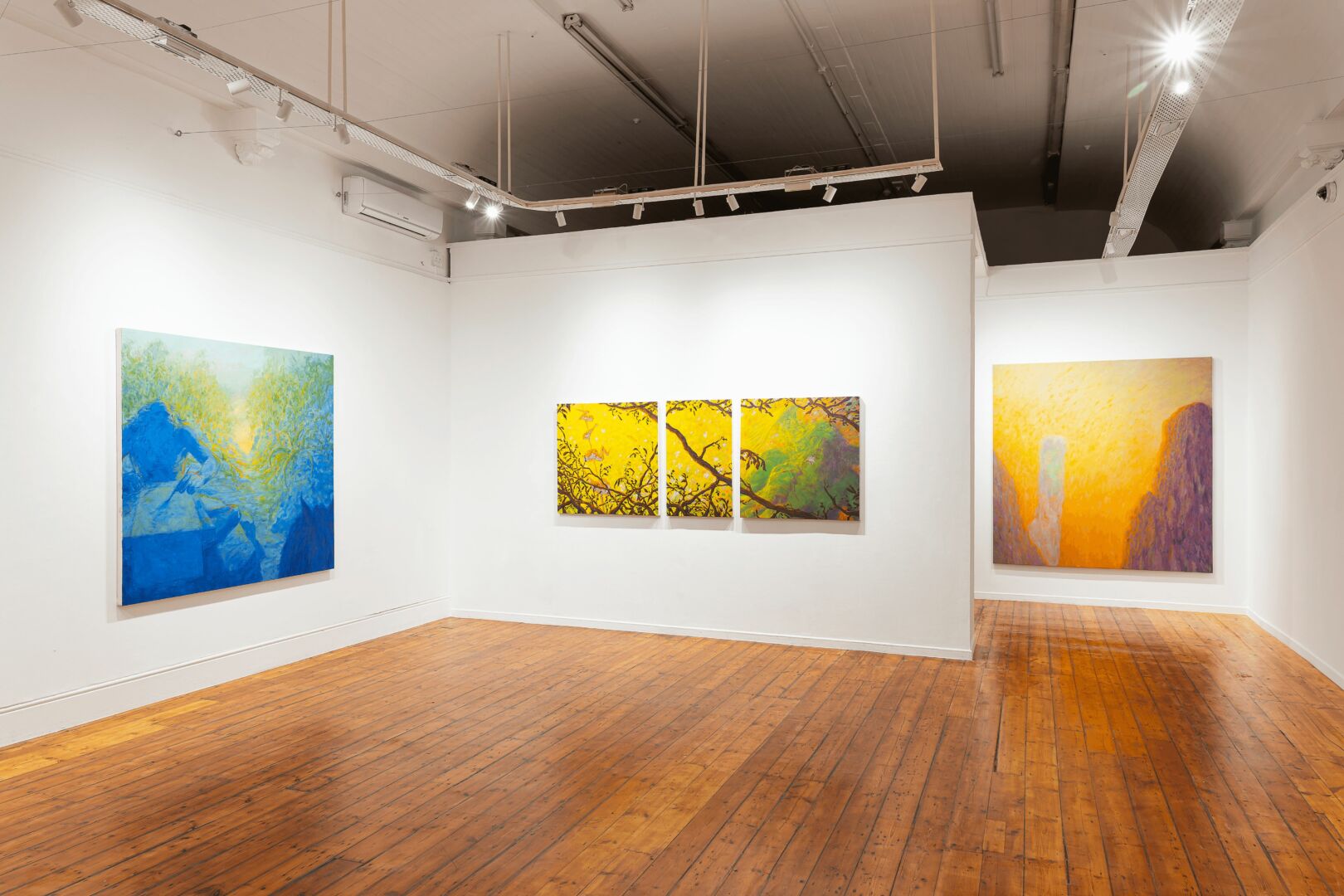
Who else deserves some credit and recognition?
When it comes to credit, I have to give it to my parents first. As a child, I always felt I could express myself best through visual language. My parents recognized and encouraged it from day one. My mother, being a wonderful mom, told me again and again how I could achieve whatever I put my mind to, so much so that I actually began to believe her. I credit my parents with allowing me to feel comfortable to express my inner world through my language of choice, and supporting my arts education and professional quests, even when they did not fully understand that world. I was the first one in my family to go to college, let alone go overseas by myself to study art, so one can imagine the level of trust and support I received.
Beyond that, I have an array of people to thank for their contribution to my development as a maker – too many, in fact. From primary school art teachers, whose words and encouragement stayed with me till this day, through college professors in undergrad and grad school, to some amazing friends and colleagues I’ve met along the way. I have been very lucky to have had many good people who made me feel seen and understood. Bob Salazar, Alex Fine, Michael Weiss, Rex Stevens and Jyung Mee Park from the Maryland Institute College of Art (MICA) immediately come to mind.
At MICA I also got to study under Dominic Terlizzi, who had an immense impact on my development. He had a unique ability to create an environment for freedom of thought and expression, which is rarer than one might realize, even in art school. He was also an incredible facilitator and community builder, all of which allowed for a constructive and truly critical engagement with one another. He helped me hear my own voice more clearly and establish my identity as a maker. Later when I became a college educator myself, I based my own pedagogical philosophy on the lessons I learned from him.
In grad school, at Michaelis School of Fine Art, I had the honor of having two brilliant, devoted and generous mentors: Prof. Emeritus Virginia MacKenny and Dr. Stephané Conradie.
In my workplace as faculty at The School of Traditional Arts & Crafts at Kulna Academy, I have been lucky to be surrounded by colleagues who support my wildest ambitions and initiatives, and allow me to prosper in my position.
Lastly, I can’t say enough about my partner, Alessandra Acierno, whom I have known since the first week of undergrad. As a student, my practice was interdisciplinary, yet I think I began gravitating more towards painting largely due to her contagious passion for the medium.
Website: https://guymoshayov.com
Instagram: @moshayov
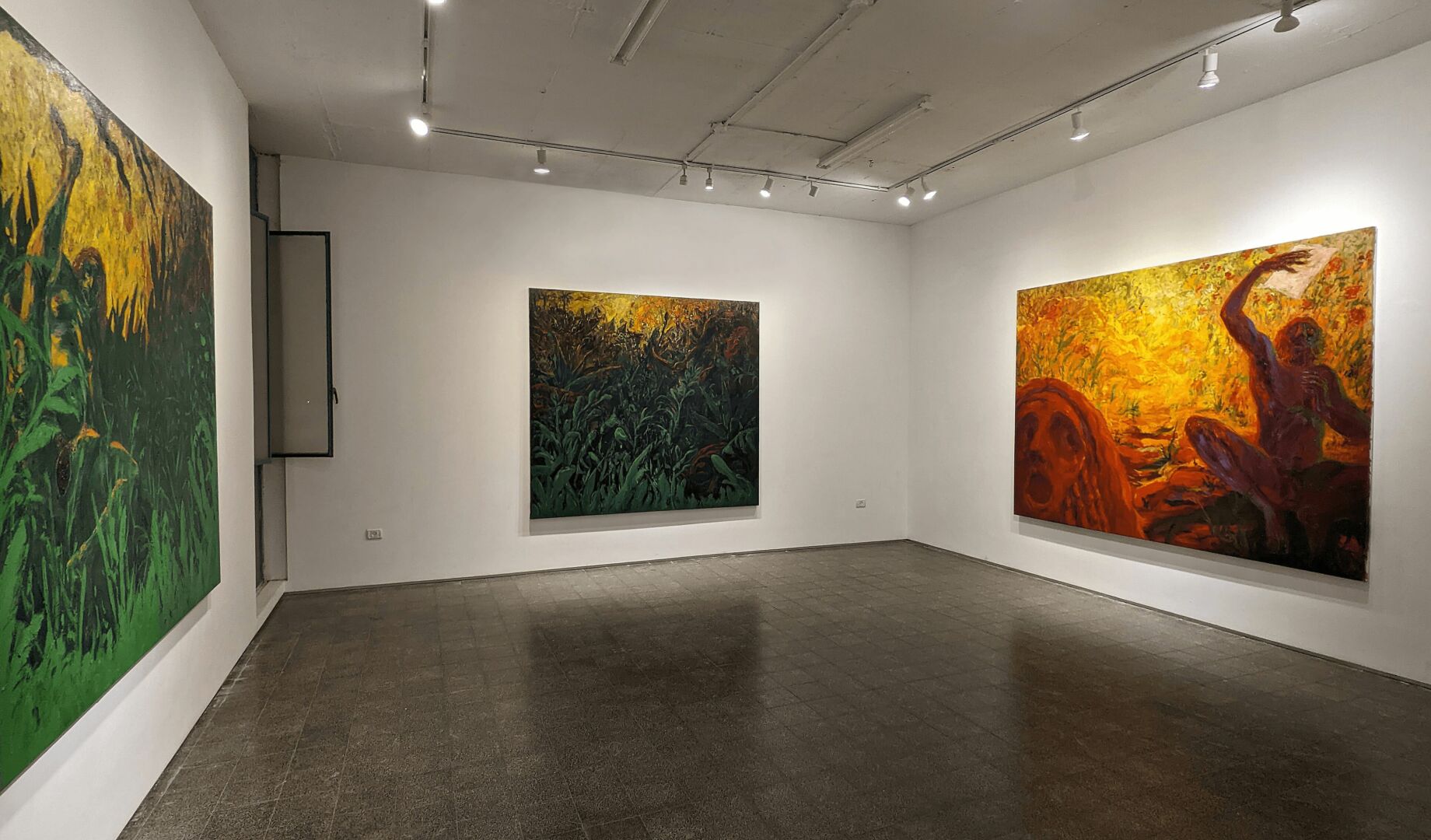
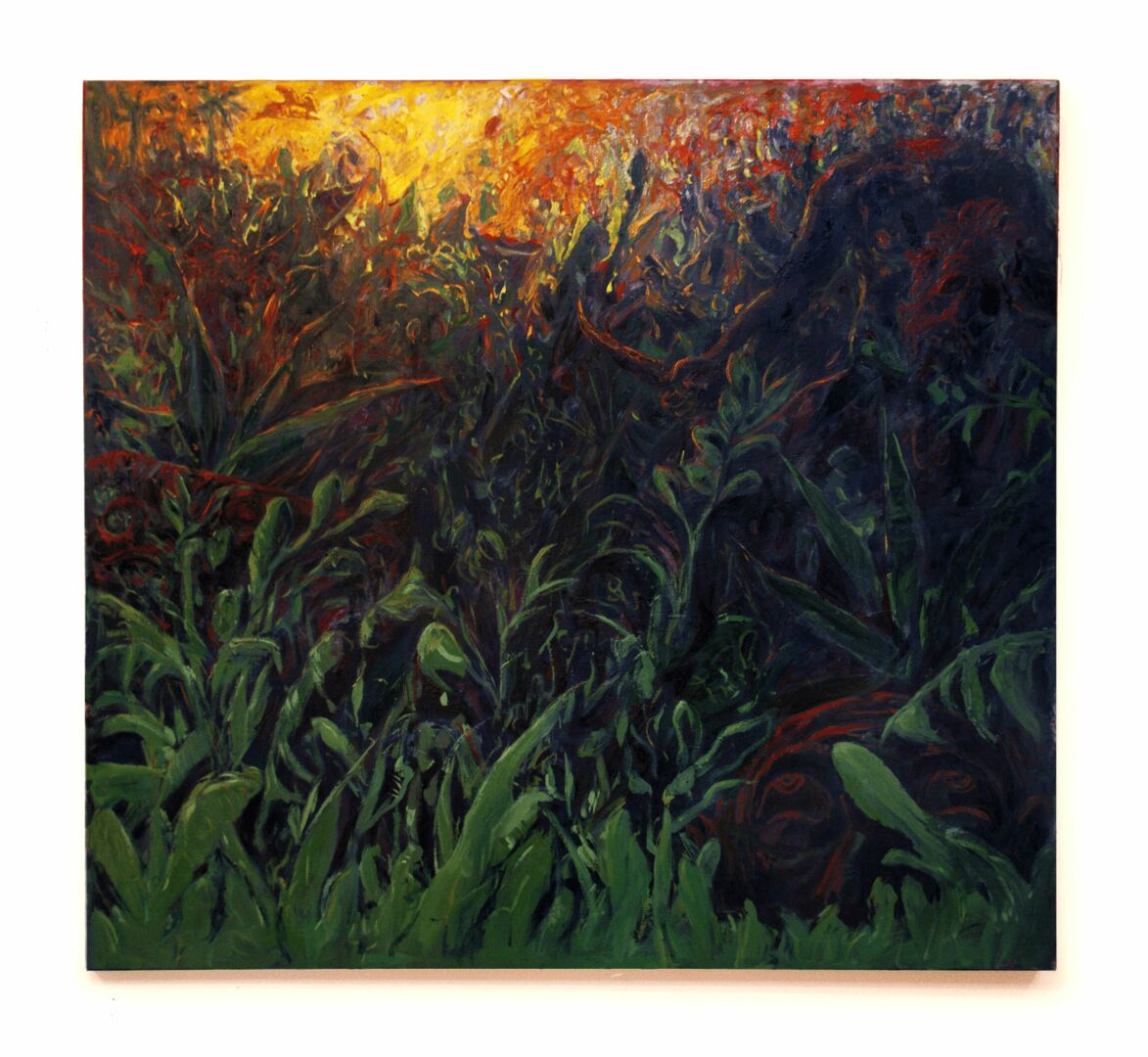
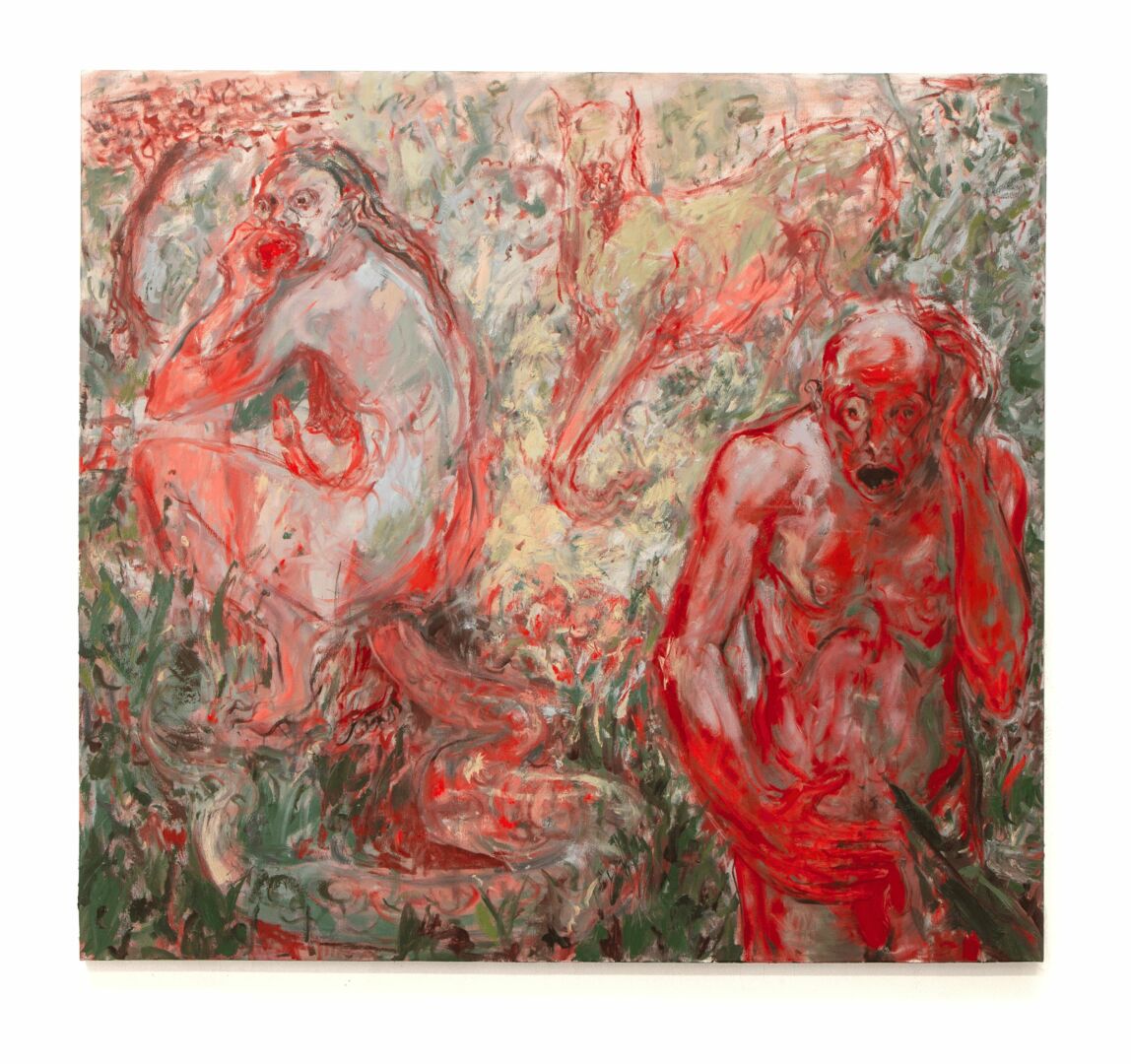
Image Credits
Photography: Mia Thom, David Burr
